CAPE ELIZABETH — The women spread their towels by the water’s edge and sunbathed. The children plucked stones along the shore and tossed them into the water or piled them into mounds. Some kids waded in and swam around. One family brought an inflated raft to float on.
You might think this slice of summer bliss occurred at Crescent Beach or Kettle Cove, but you would be wrong.
The Children’s Garden at Fort Williams Park has become wildly popular since it opened last September, but what is intended to become a frog pond filled and surrounded with natural plantings has instead been treated by some visitors as a wading pool or miniature water park, said Arboretum Director James McCain.
In the process, they have nearly destroyed a garden feature that isn’t even completed yet, like many other facets of this 1.5-acre attraction that is the epitome of a work in progress.
“Even last year, when the garden first opened, kids were splashing around and yanking out the few plants that were in the pond at that time,” McCain said. “I was hyperventilating. I’ve had to ask people to move their towels so we could plant around the pond.”
Most people have graciously moved and hauled their kids out of the pond when asked, McCain said, but one woman got defensive and told him that she wouldn’t return if children couldn’t play in the pond.
GARDEN A BIG HIT WITH VISITORS
Despite confusion over the purpose of the frog pond, an aquatic habitat that’s being created as part of a larger biofilter system, the Children’s Garden has been a huge hit at the 90-acre town-owned park that attracts nearly 1 million visitors from around the world to see Portland Head Light and Casco Bay.
The garden’s woodland paths, landscaped meadow, man-made cascading stream, tree fort lookout, gopher tunnels and polished-granite slide draw a wide variety of children in the company of parents, grandparents, nannies, babysitters and family pets.
Quynn Morehouse of South Portland said she visits the garden a few times a week with her 3-year-old son, Hudson Bush, who is drawn to the hillside stream that tumbles over large blocks of granite.
“This morning he woke up and said, ‘Let’s go to the waterfall,’ ” Morehouse said. “He loves it here. It’s easy for kids and it’s calming for adults.”
And right now it features a wide array of flowering plants – yellow prairie sundrops and pink bearded tongue and bluebells of Scotland – including hundreds that were planted by volunteers in June. This month, Tom’s of Maine employees are scheduled to plant and mulch nearly 400 additional ferns, shrubs, grasses and perennials as a company-sponsored volunteer project.
In the meantime, McCain and the Fort Williams Park Foundation are trying to raise awareness about the damage some visitors are doing, because gentle warning signs haven’t worked. Posted throughout the garden, they ask visitors to respect the plants and critter habitats that have been created so far. One sign right beside the frog pond warns that strategically placed steppingstones that allow visitors to walk across the pond can be slippery when wet, and it says plainly, “Please don’t swim or move rocks.”
McCain admits that there has been a mutual learning curve for visitors and the foundation, which wants to encourage children to explore but limit damage to a natural, evolving and sometimes fragile landscape.
Some young perennial plants around the frog pond and elsewhere were trampled as they were coming up this spring, leading McCain to place stakes and string around the pond and reconsider his planting strategy given the way people, especially children, move through the garden.
So many stones have been removed from the perimeter of the frog pond that the liner has been exposed at the edge. As a result, the pond must be rebuilt and the stones put back in place before about 300 aquatic plants can be added to the pond later this month.
FINISHED WORK MAY FIX PROBLEM
The water in the frog pond is pumped up the hill from a pre-existing, spring-fed skating pond near the Farnsworth Road entrance to the park. From the frog pond, the water flows into the man-made stream and down the hillside, beneath two footbridges, to the skating pond.
Over time, the biofilter process is expected to help clean the murky skating pond, and the frog pond is designed to become the home of various amphibians, turtles and other creatures. It’s already harboring some largely harmless leeches, migrants from the pond below that the foundation featured last week in a Facebook post to warn against wading or swimming in the frog pond.
McCain hopes once the frog pond is fully planted with waterlilies, pickerelweed, blue flag iris and other aquatic plants, and the echinacea and other perennials around the pond are well-established, people will see it as habitat rather than a water park.
“It was always meant to be a biofilter with plants and pond creatures in it,” McCain said. “I think it will be more apparent as time goes on that it’s not a wading pool.”
Kelley Bouchard can be contacted at:
kbouchard@pressherald.com
Send questions/comments to the editors.



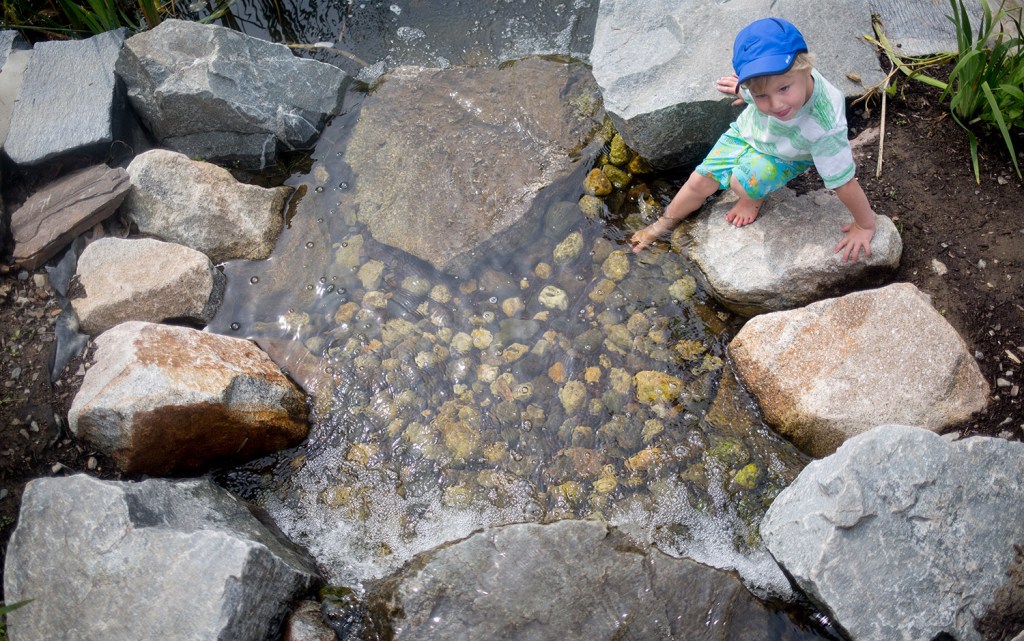
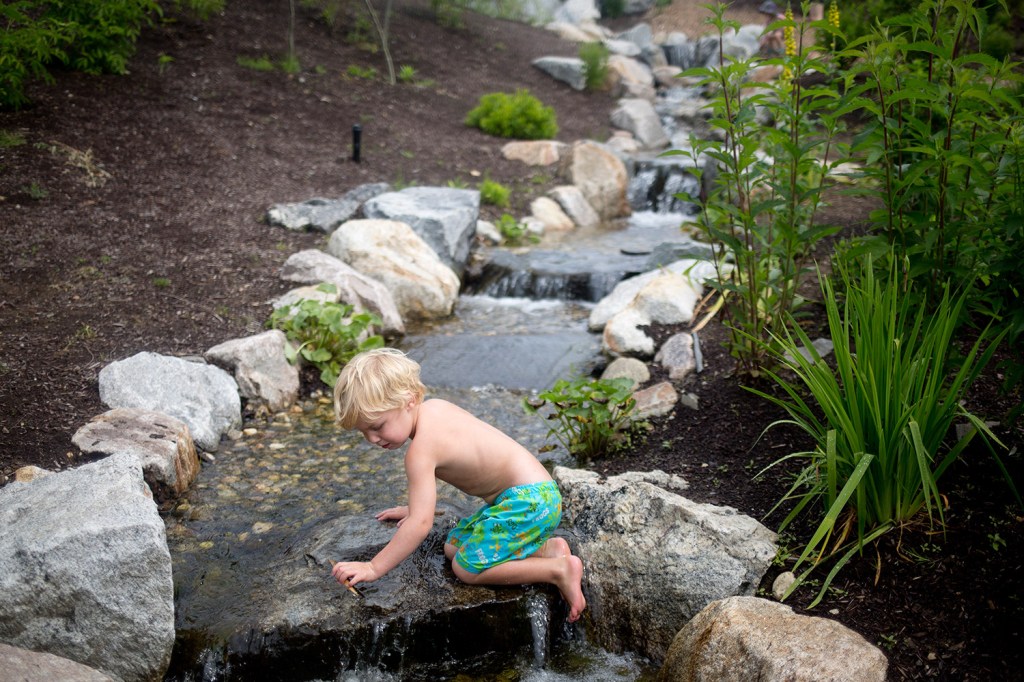
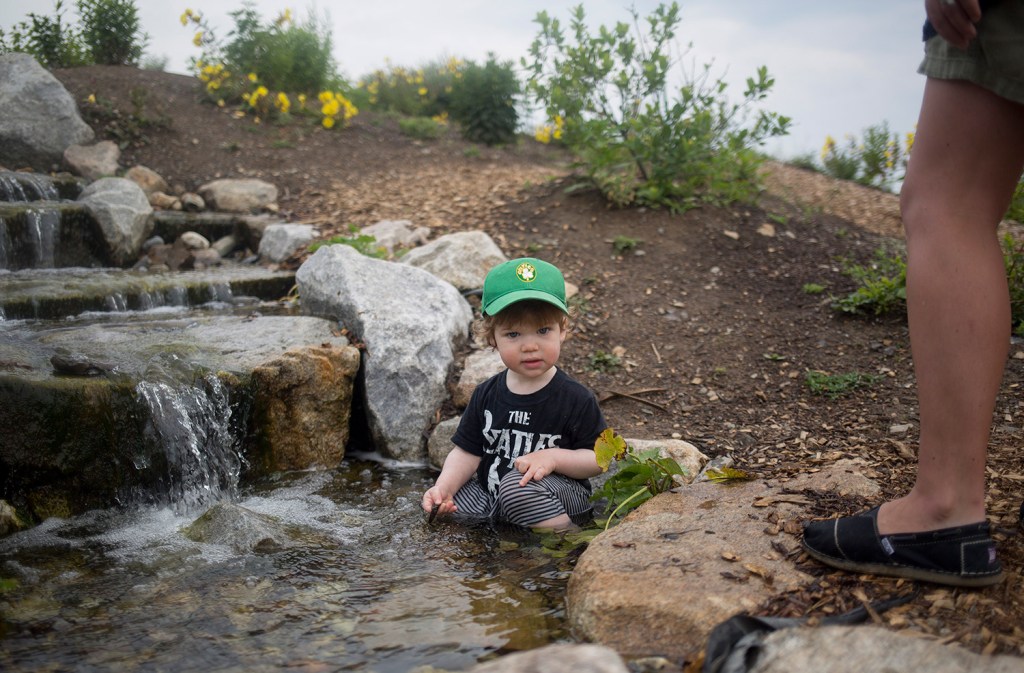
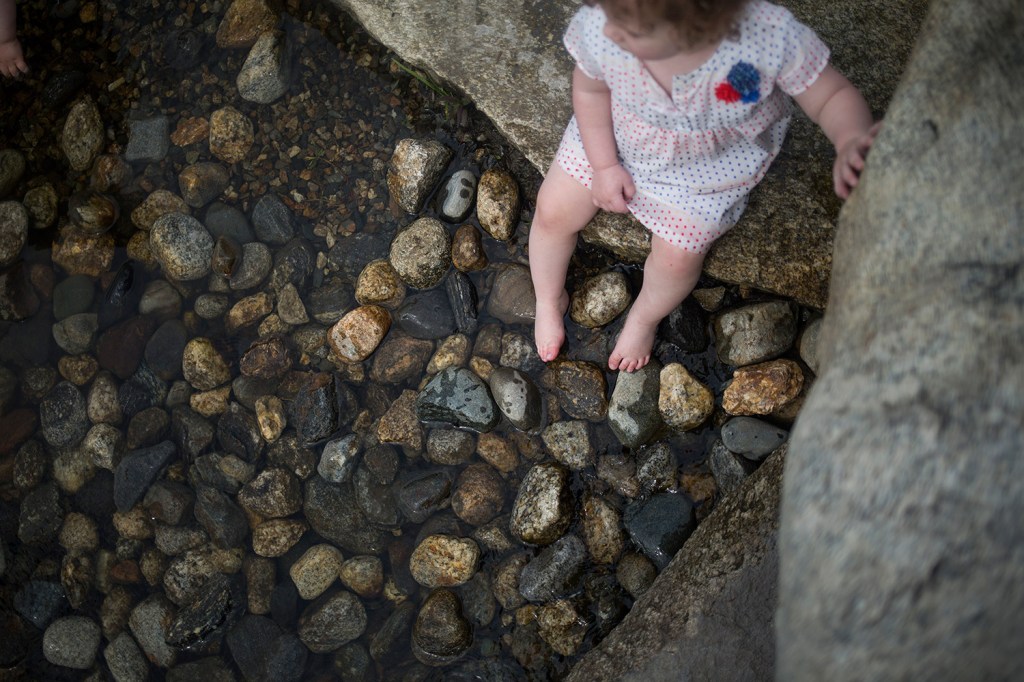
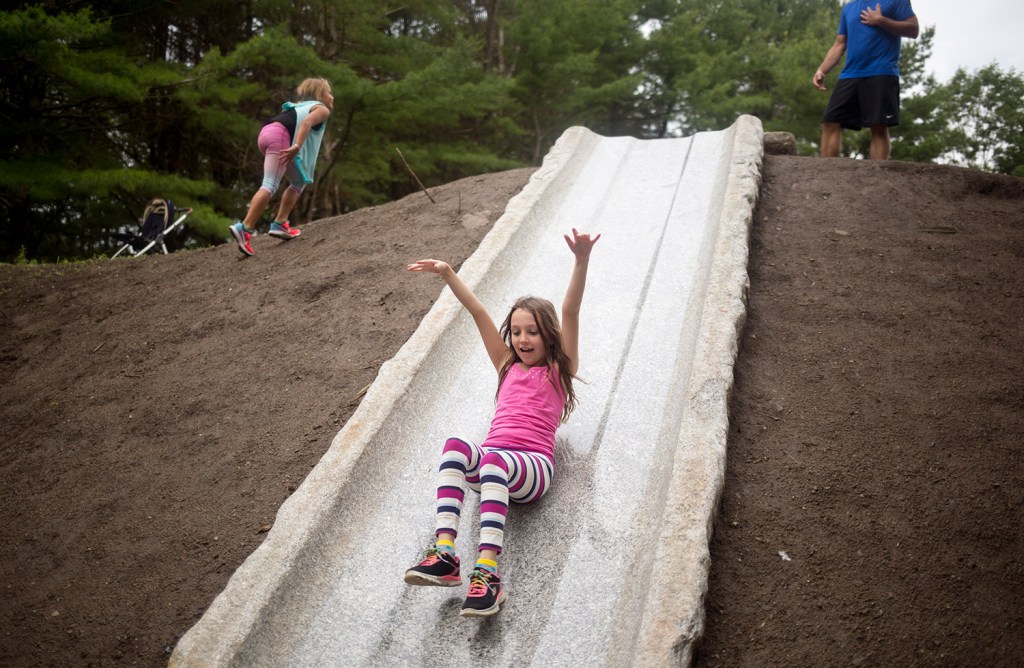

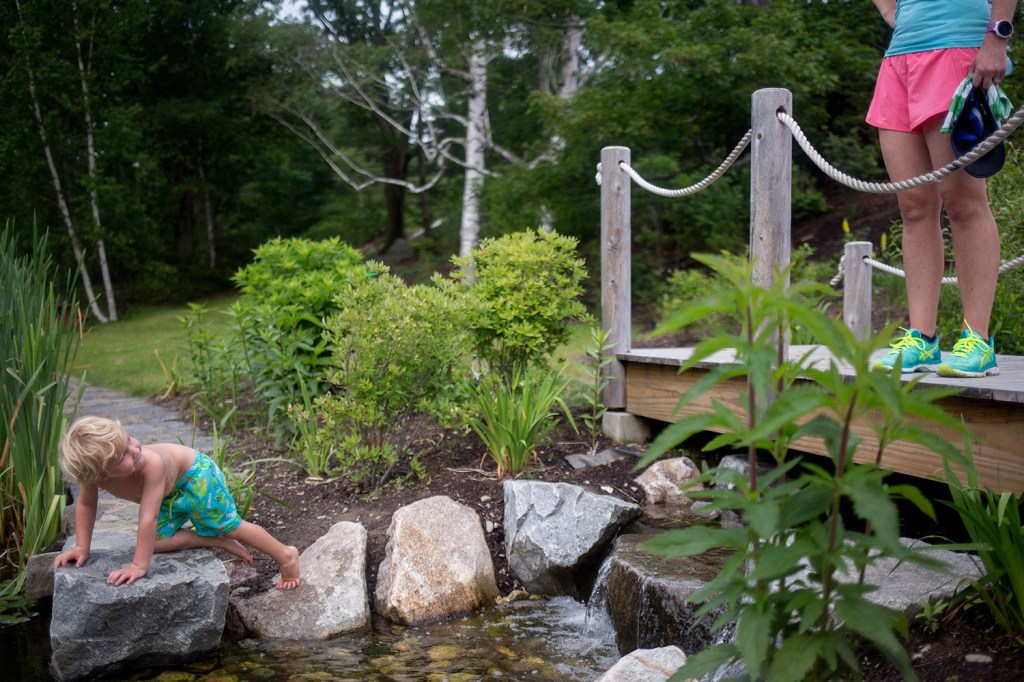
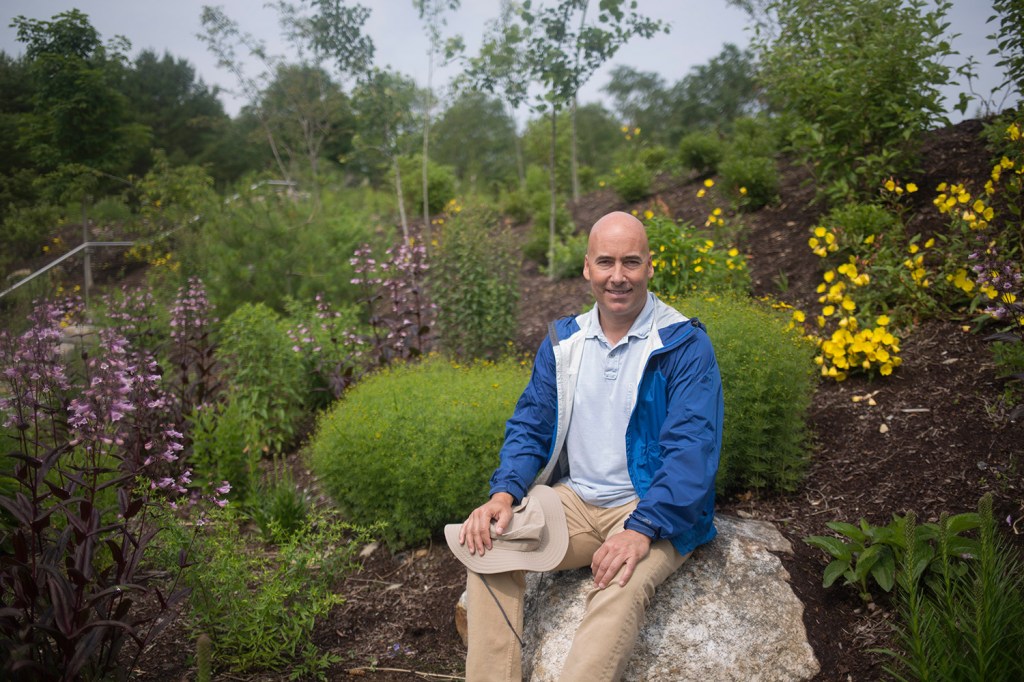

Comments are no longer available on this story